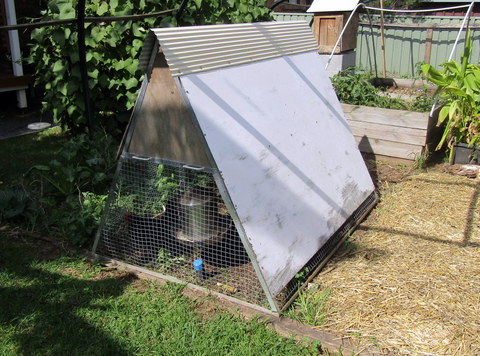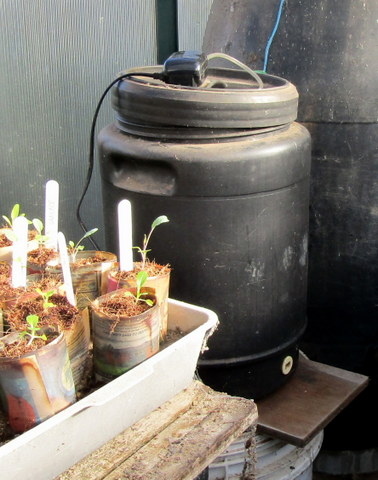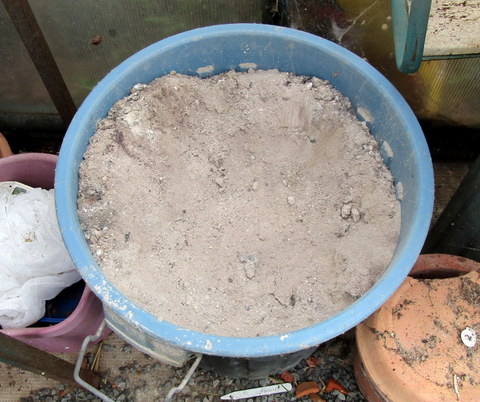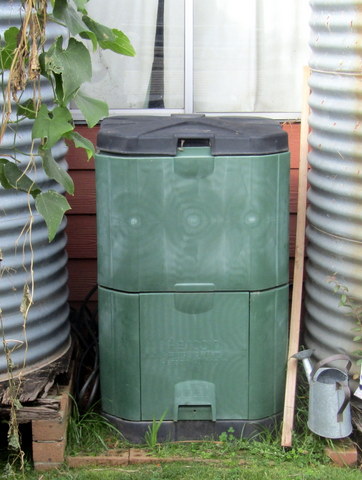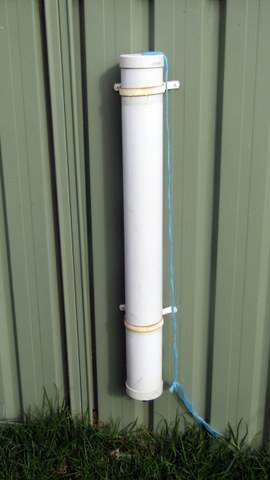One of the advantages of working in a team (even if it is just a team of 2!) is that the other members will have different perspectives and see things you don’t. At our last director’s meeting, Linda suggested that maybe we needed to review how we maintain the fertility of the soil. I thought “we do lots of things!” but I had never done a comprehensive review to see if we needed any changes. Needless to say, said fertility review went onto out list of things to do. And this is what came out of it!
Current Practices
This is a summary of what I have used, past and present to maintain our fertility while regularly get vegetable crops from the same ground (in some cases) for 40 years.
• Animal manures – prior to the start of our current system (about 13 years ago) the major type of fertilisation I used was the digging in of animal manures, mainly horse, cow and chicken bought in from local ‘producers’. This was done in spring each year, but growing was concentrated in the spring and summer, with most crops dying off at the end of summer and nothing replanted until the following spring.
• Chook tractor – Once I found out about the chook tractor, and built one, it became our go-to for tilling and fertilising our veggie patches. Each of the 14 patches sees the chook tractor roughly once every 6 months for a period of two weeks. This process has been operating for 13 years and yields are still good (but maybe could be better). I have checked the pH in all beds recently and they all fall between 6.0 and 7.0 so the current fertilising system has not dropped the pH.
• Mulch – the mulch we use is straw or grass hay, broken down and mixed with chicken manure by the chooks in the chook ‘retirement village’. The finished mulch is placed on most beds (not the onion or carrot beds) and left there until the chook tractor comes around again, at which point some of the mulch is buried and some remains on the surface to be mixed with the next load of mulch.
• Biofert – biofertiliser is actively aerated compost tea and is brewed for the biota (beneficial bacteria fungi etc) it provides rather than to contribute chemical nutrition to the soil. I tried it a couple of times on several beds, but didn’t really notice much difference. During the hot summers, some beds awaiting the chook tractor tend to dry out a bit so contributions to improving the soil biota could be worth considering.
• Rock dust – I applied rock dust a couple of years ago to all beds at the rate of roughly 50g per square metre to replace trace minerals which may not have been provided by anything else up to that point. Further research has suggested higher application rates up as far as 1 kilogram(!) per square metre. Further work needs to be done to identify the correct application rate for our situation, then all beds bought up to scratch again.
• Dolomite – when I was first developing the garden I applied dolomite (a mix of calcium and magnesium carbonates) to break the clay, add calcium and magnesium to the soil and bring the pH up slightly. I have not added anything like this for 20 years or more. We rarely have issues with tomato blossom end rot so I am guessing our calcium levels are ok at the moment.
• Wood ash – We get lots of wood ash from our wood burning stove and I save it up and have applied it haphazardly over the years, being mindful that it will raise the pH of the soil if I apply too much. The potassium it provides adds to the potassium in the chook poo, our primary fertilisation strategy. It has not appeared to raise the pH in any lasting way.
• Biochar – No data as yet. The wood ash mentioned above contains some charcoal, but whether it qualifies as biochar, how much is applied and how effective it is are all unknowns. I am currently researching biochar and intent to make a biochar stove to cook with outdoors at the same time as making biochar for addition to the gardens.
• Compost – We have two composters – areobins – that are up for their own review before long! We don’t make a lot of compost. Primarily because the organic waste we do have is shared between the chooks, a worm bath, a worm tower, the banana circle as well as the two composters. I have never seen the point of buying a whole stack of stuff in to make compost with when our contribution to it would be minimal, so rather than do that on the rare occasions I need it, (usually for containers, wicking beds etc,) I buy it in. In most cases it is not used on the annual veggie beds.
• Comfrey extract – We have a comfrey extractor which I fill with comfrey and sometimes nettles, apply a weight and allow it to rot down, catching the fertile liquid coming out the bottom. This is then diluted to the strength of weak tea and applied by watering can. It saw a lot of use, mainly on newly planted seedlings, when I first built it, but recently it has been so dry that the comfrey is just holding its own without trying to harvest leaves from it.
• Weed/compost tea – Similar sort of thing to the biofertiliser, but without the aeration. It is usually anaerobic and stinks. It is applied for its chemical trace elements rather than biota, diluted to the colour of weak tea, applied and watered in. I used it fairly indiscriminately in the past, but not recently.
• Green manure – This is where a mixture of plants, some nitrogen fixing, some grains and others are sown as part of a rotation, the slashed before flowering to be turned in or left as mulch. It increases the organic matter and fertility of the soil. Due to the way our rotation works, it would mean having a plot out of production for several months (depending on the time of year), then waiting for its turn with the chooks, who would eat most of the green matter anyway. I have played around with it on the annual wicking beds but it really does not suit our main veggie rotation very well.
• Crop rotation – simply expressed, this is just ensuring you don’t plant the same crops (or crop family) in the same soil year after year. We do have a program of rotation which I am lousy at recording. A lot of our plots are used for an interplanted mix of vegetables such as sliver beet, lettuce and some brassicas year round, with seasonal plantings of salad vegetables such as tomato and cucumber and other vegetables such as fresh beans and zucchinis in summer and peas, caulis and broccoli in winter. We do plant whole plots down to one vegetable in cases such as carrots, onions, and dried beans. Working on better recording of rotations for later analysis seems like an intelligent thing to do.
• Worm castings – we produce our worm castings not for direct use from our worm bath, but these are entirely consumed in producing our own seed raising mix and potting mix.
Analysis
The way we have set things up, each patch should be treated separately, which is why I did a pH test on each individual patch rather than aggregating things into one effectively meaningless number. I would like to get a commercial soil test done on each patch, but don’t have the cash. Also while that would give me the chemical status it would tell me nothing of the soil biota.
So, in the end taking everything into account, it all comes back to how things grow in each of the patches, and of course the answer is that growth is variable and year on year some plants do better in some areas than others. This may be due to soil differences but also weather will have an effect too. Also, most gardeners will tell you that there is variability on how well crops grow for year to year anyway.
Where does this leave me? (actions)
Looking at what we are doing and were we are coming from, I am pleased with the yields we get in general, but there is always room for improvement, resulting in a number of actions.
I am a slacker, and not good at recording the fertilising status of each of our 14 beds so the first two (general) actions are –
1. Develop a record where I can commit to paper what sort of fertiliser should be going where and when (Fertiliser log) and
2. Develop a fertiliser program so that I can work out and then formalise what fertiliser needs to go where and when (fertiliser program)
There are also a number of specific actions that need to be carried once the first two have been done –
1. It can get very hot and dry here and I suspect that there are times when the soil biota may suffer, so I will put together a larger biofertiliser system which will allow me to apply biofertiliser to all 14 patches at one time rather than piecemeal.
2. The application rate of rock dust to replace trace elements may not have been adequate, so I will research the correct application rate, then apply it as each bed becomes free, after the chooks have cleared it but before it is mulched and replanted.
3. I feel that biochar may have positive things to recommend making it part of our fertiliser regime, so more research and activities need to be carried out.
Also the form I use to record my crop rotations is clunky and not working very well and I needs to review it.



